
Patrick Kramer is a stunning oil painter often called a ‘hyper realistic painter’. I assure you that each of these are oil paintings–not photographs. Kramer was born in Utah to German immigrants and studied at BYU. Kramer explains his artistic style, “I came to realize that the appeal of representational painting since the advent of photography is due in a large part to the painting process. Although the image itself may come to resemble an ordinary photograph, a psychological intensity can be felt in the handmade work, as the artist’s laboriously slow method, intense concentration, and myriad of artistic decisions lie behind the creation of the image. In my work, I hope the viewer senses this tension between photography and the handmade — the instantaneous and the prolonged, the ubiquitous and the unique, the impartial and the personal.”
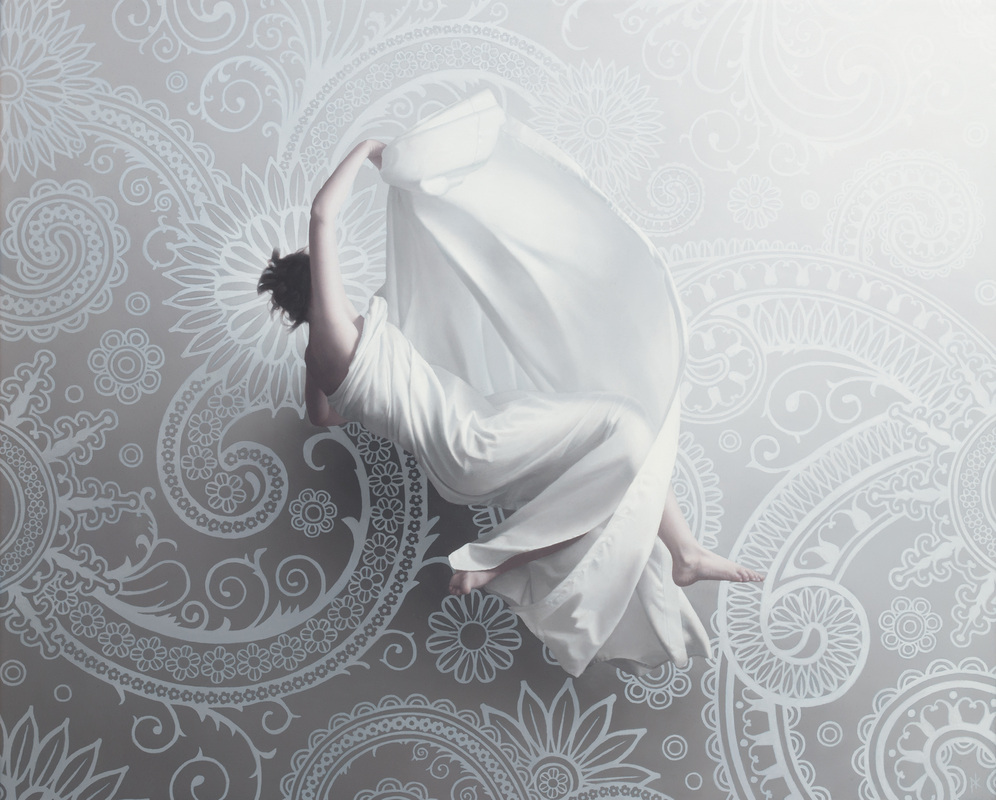

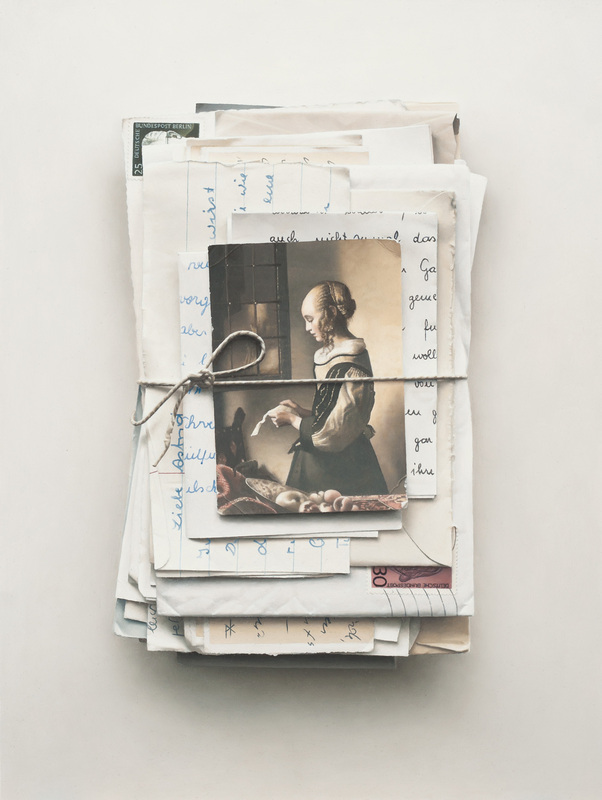
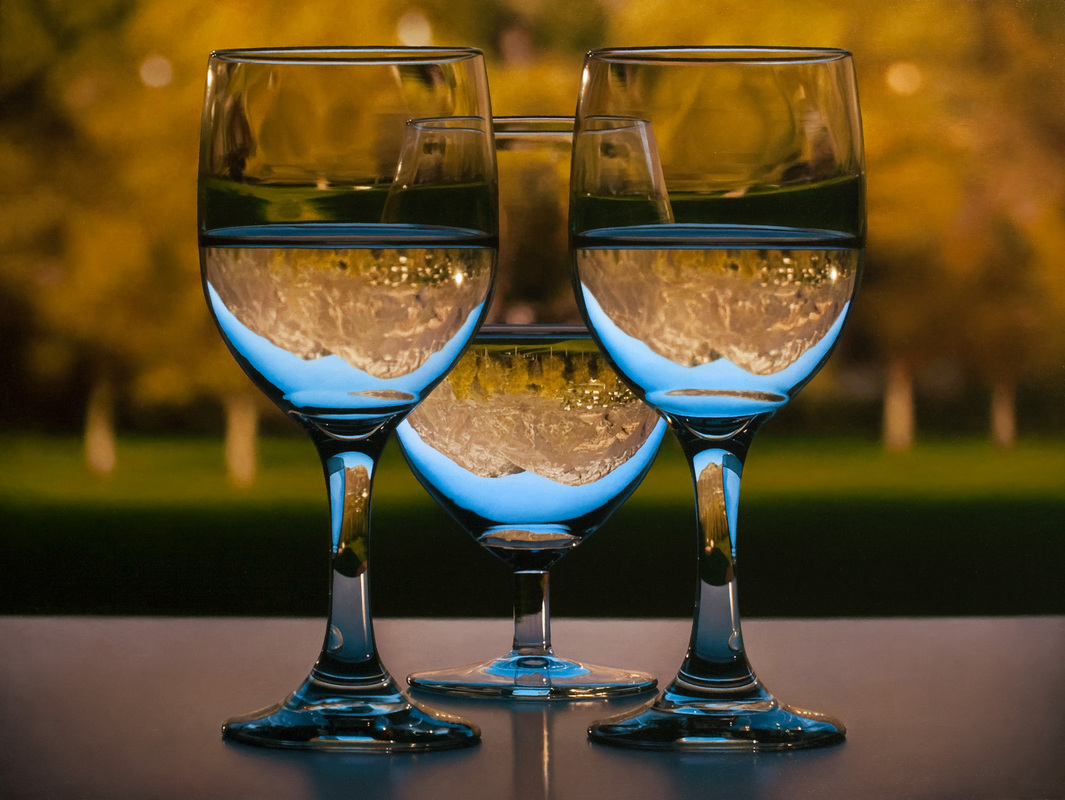
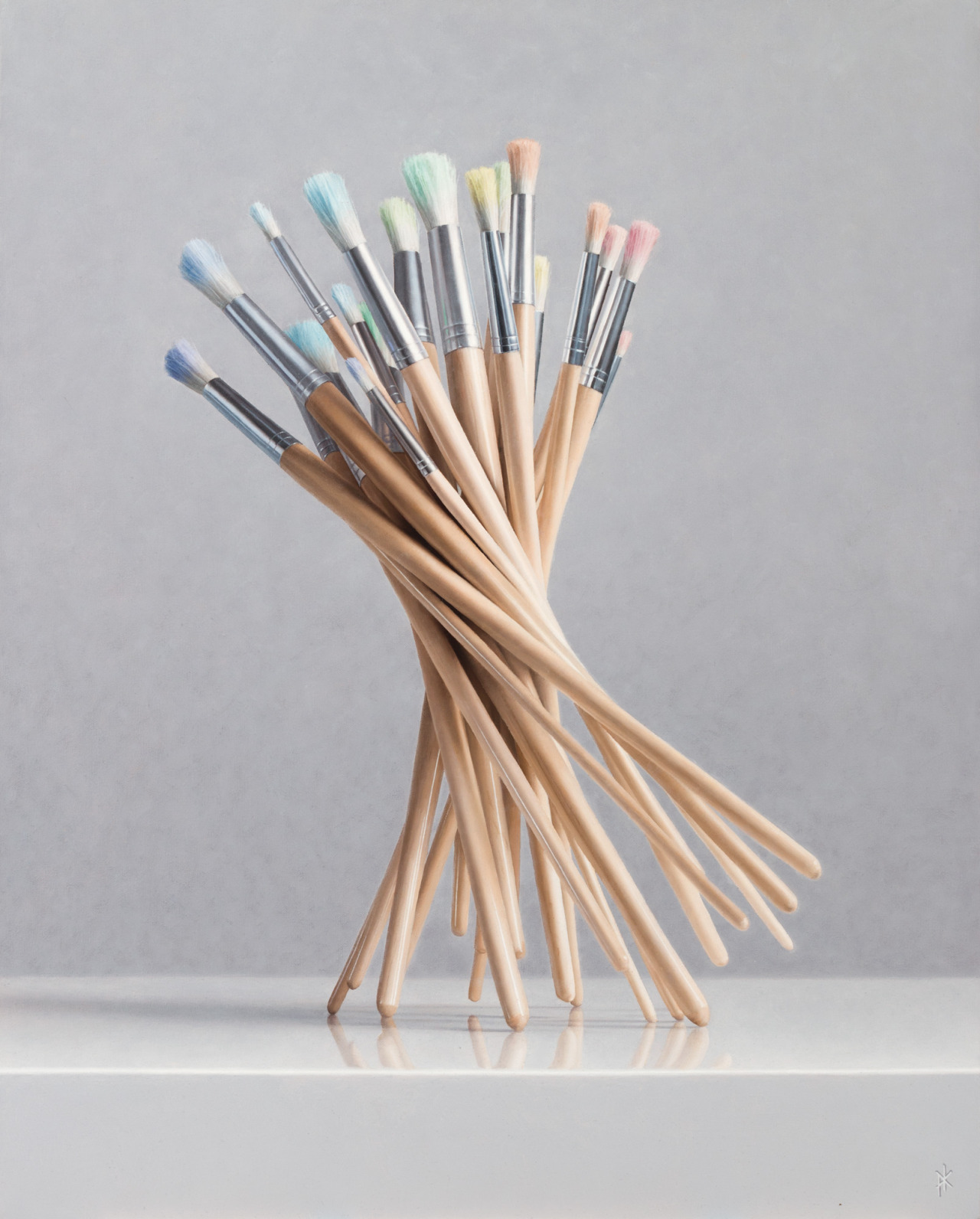

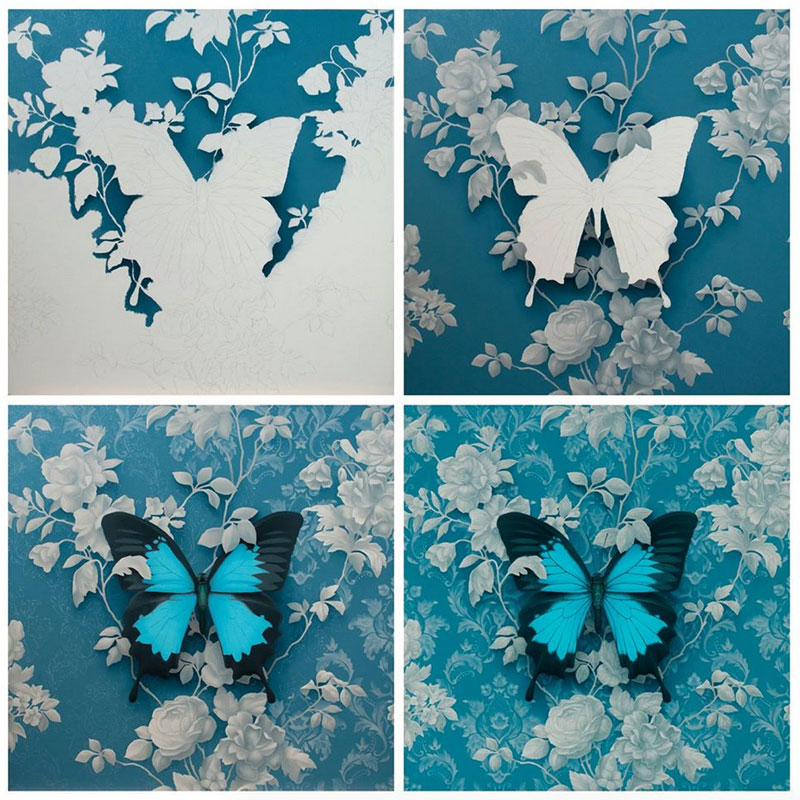

What was the evolution that led to your current style? I think my current style is evolving, often the only continuity between pieces being a very detailed, hyperrealistic aesthetic. This aspect of my work started in college, where I did a lot of pencil drawings. It’s a simple medium that I felt would allow me to push the limit, to see how detailed and realistic I could render my subjects. I never really intended to pursue a hyper/photorealistic style, I just wanted to see how far I could take it. I’m a bit of a perfectionist though, and it suited my personality, so I kept it up.
A lot of my earlier work had a more photographic/snapshot quality. I work pretty closely from photos and so I spent a good deal of time with a camera, going on walks, trying to find imagery that interested me for one reason or another. It was very challenging, however, to just stumble upon things that I thought would make a great painting, then manage to get a photo that I could work with. The composition would be off, the lighting wouldn’t be great…. I was rarely happy with the results. I do more still life work now, where I have a lot more control. I can really exercise my creativity and explore ideas that interest me, as I gather the appropriate props, and carefully arrange my compositions. It can be gratifying to create paintings that have more personal meaning.
What has your career been like on the commercial side? It can be difficult to make a living as an artist, especially when you’re starting out. I graduated in 2008 from Brigham Young University, and have been lucky enough to paint pretty much full time since then, but it’s been tough. My paintings can be extremely time consuming, and when you are starting out, the prices don’t really match the time investment required. It’s pretty frustrating when you’re trying to earn a livable wage. I did a fair amount of commissions to help pay the bills, and taught some drawing lessons, but as I’m becoming a little more established as an artist, I’m able to focus more on my personal work.
You spend 50-300 hours on each painting. How do you choose what image you are going to spend that much time with? Honestly, I just paint whatever interests me at the time. I try to be sincere, to create paintings that truly appeal to something inside me, but my work is pretty diverse and my motivations vary from piece to piece. Some of my paintings are just imagery that I find mesmerizing – the play of light and shadows, dramatic architecture, glass reflections and refractions. Simple things that I find visually captivating, but don’t have any real message other that being aesthetically pleasing. Other pieces are more personal and expressive. These are frequently still lifes where I combine or juxtapose imagery in a way that I find compelling. Flowers, old letters, butterflies, paintbrushes — I really don’t limit myself to any single subject matter. I’ve also done a few pieces that explore my sense of humor as well. The art world can be so serious and pretentious, it’s fun to make a painting that just makes someone smile.
Visit Patrick Kramer’s website.
Follow Patrick Kramer on Instagram.










